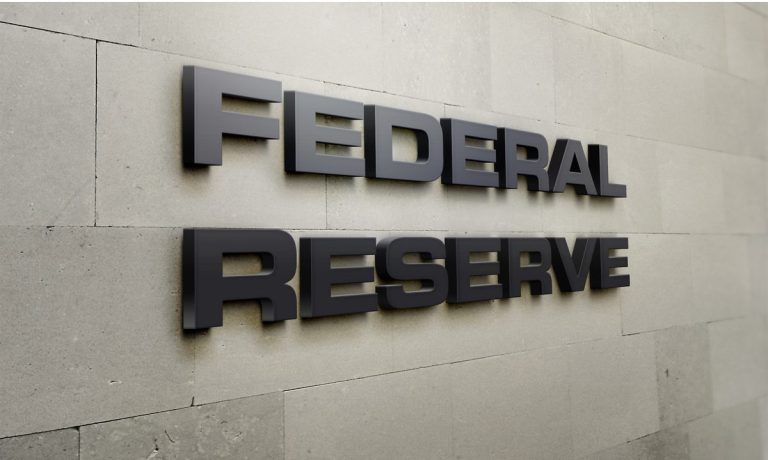Regional Banking Crisis Just Beginning: Ex Fed Official

An ex-Federal Reserve official said America’s regional banking crisis hasn’t yet passed.
Former Federal Reserve Bank of Dallas President Robert Kaplan said in a Wednesday (May 3) interview with Bloomberg Television that the country’s central bank should hold off on interest rate hikes as troubles in the banking sector continue to unfold.
“I’d prefer to do what’s called the hawkish pause, not raise but signal that we are in a tightening stance, because I actually think the banking situation may well be more serious than we currently understand,” said Kaplan, who has also worked as a senior executive at Goldman Sachs.
He added that the markdown in bank equities is due solely to their over-investment in U.S. Treasurys, while the credit phase, which he called “normally more serious,” has yet to occur.
Kaplan’s comments came two days after troubled lender First Republic Bank was sold to J.P. Morgan Chase, and one day after shares of other regional banks began to drop.
Among those banks were PacWest Bancorp, down 35%; Western Alliance Bank, which declined 20%; Comerica, which fell 11%; KeyCorp, down 10%; and Valley National Bancorp, which dropped 6%. Meanwhile, the KBW Regional Banking Index fell 5.2% to its lowest level since December 2020.
The steps taken by regulators during the past several weeks may have done nothing to stop the flow of deposits toward the largest banks, particularly from the business banking accounts and individual, wealthier households that tend to have deposit accounts higher than $250,000.
The largest of the large banks, J.P. Morgan, came out of the crisis looking like a savior, QED Investors Partner Amias Gerety told PYMNTS’ Karen Webster Tuesday (May 2), and that represents a serious problem.
“The big getting bigger — well, that’s the real policy question of the day,” Gerety said, adding that the banking system’s diversity is one of its major strengths.
Meanwhile, estimates from swap traders show the Fed hiking borrowing prices by 25 basis points Wednesday, bringing this key rate to its highest level in 16 years, according to the Bloomberg report. This increase could be the peak of this cycle of rate hikes, to be followed by a decrease later in the year as growth slows.
“It is more important to be able to sustain the current rate for an extended period of time, longer than the market thinks, than to get another 25-50 basis points and risk having to cut again,” Kaplan said, per the report. “I think that will be very troubling.”

